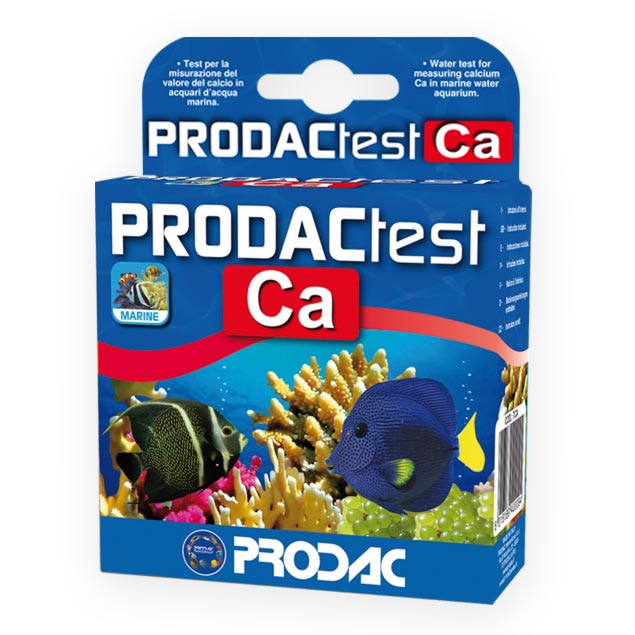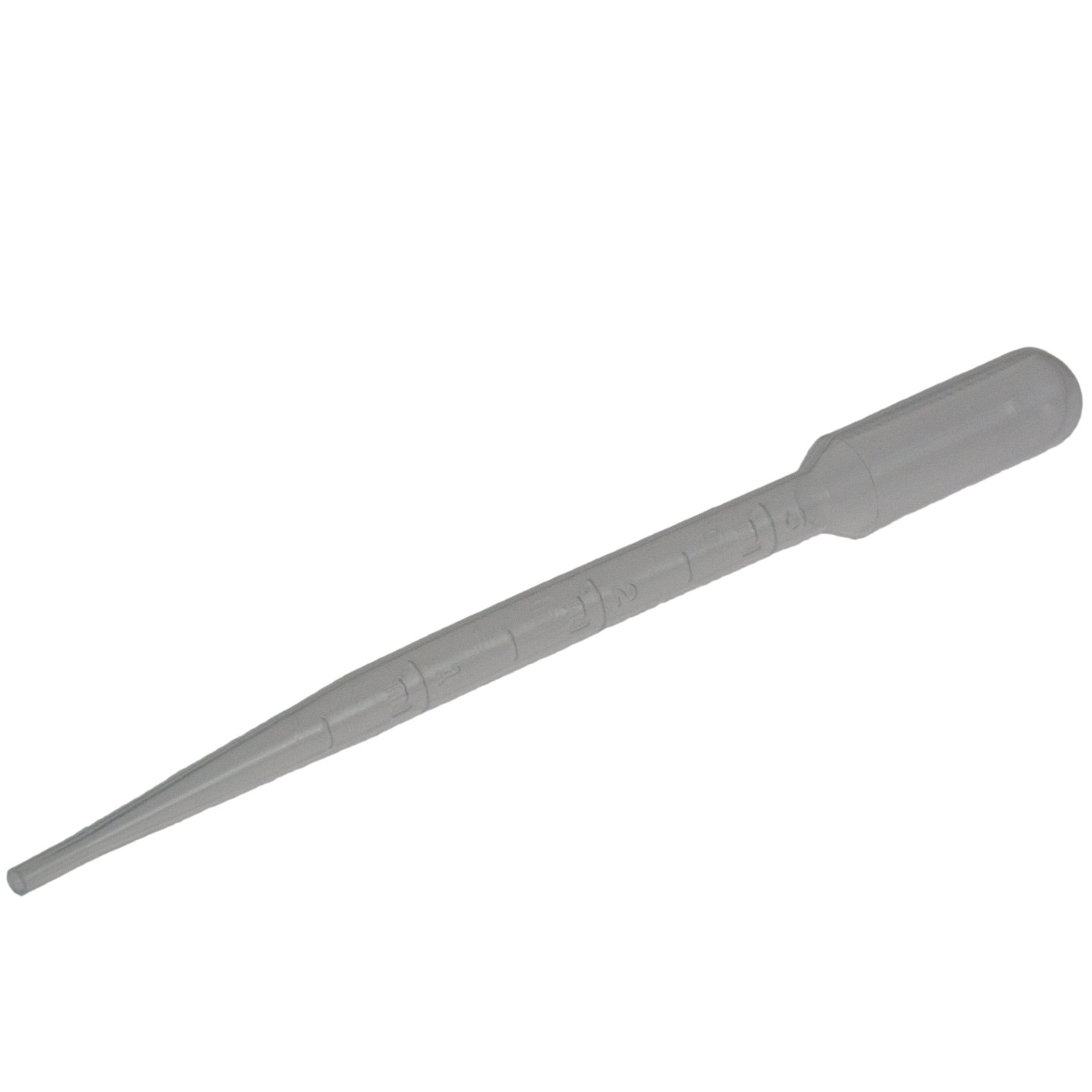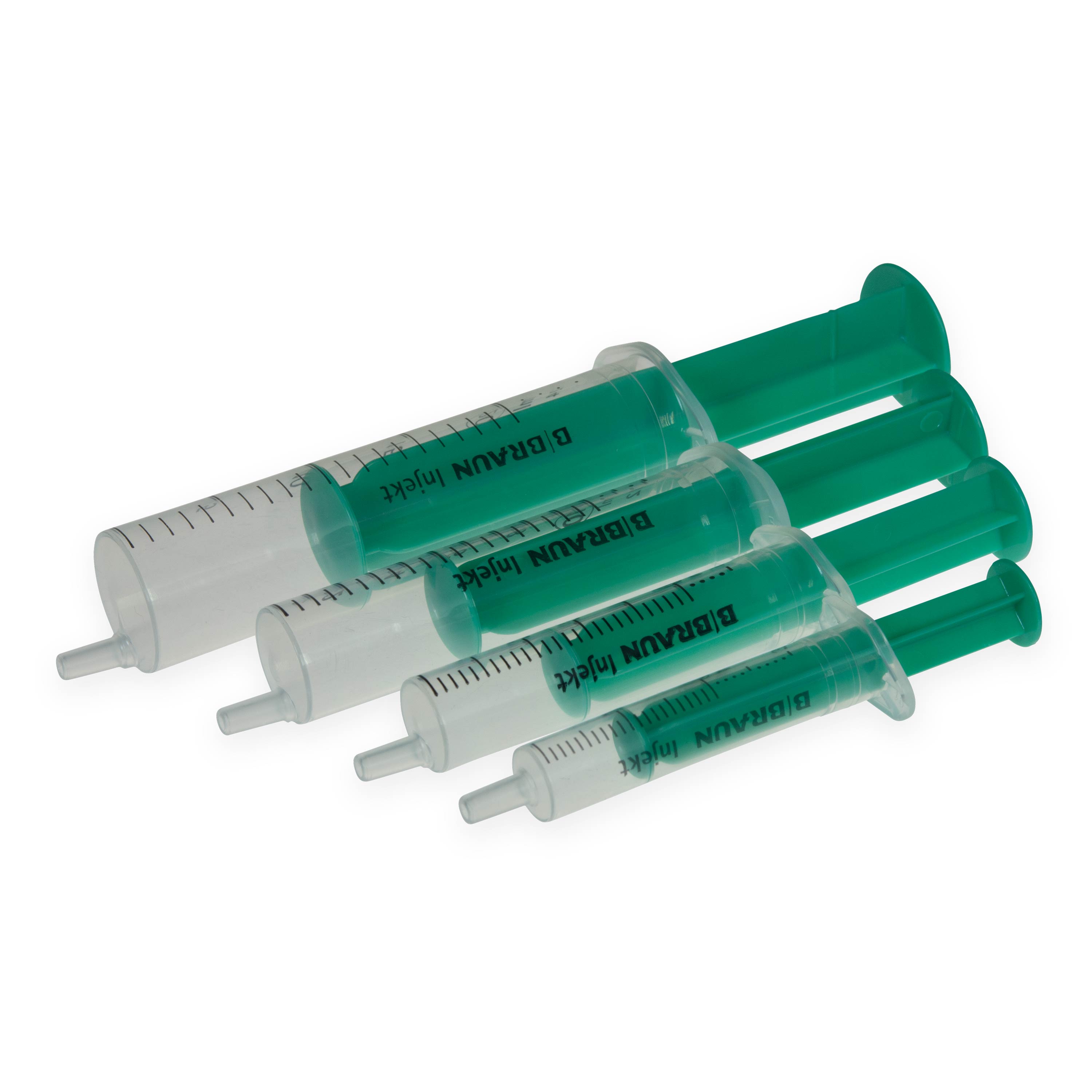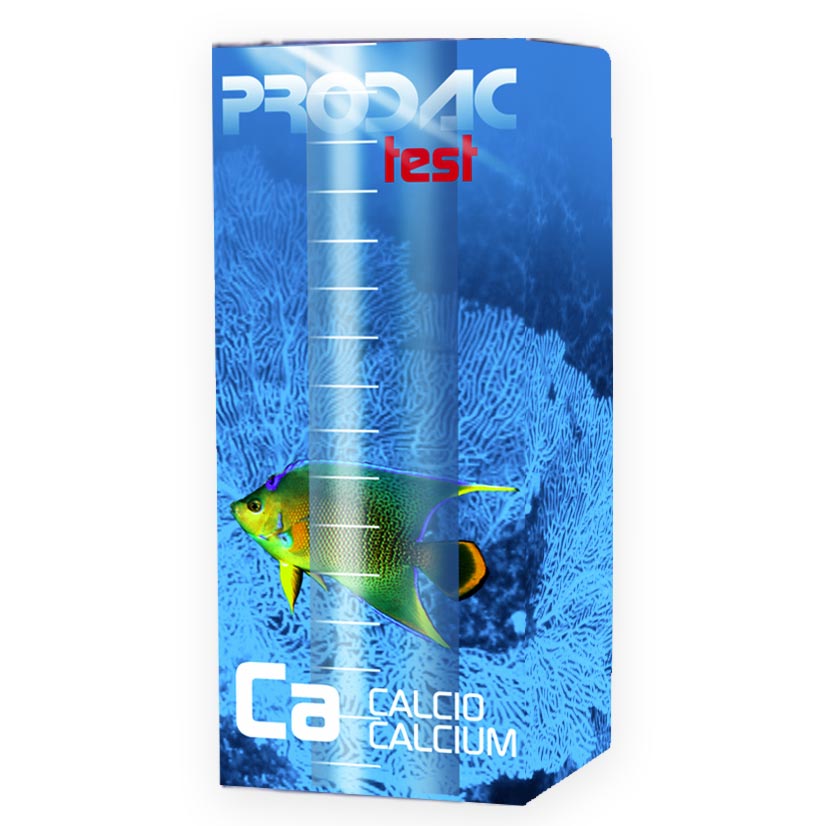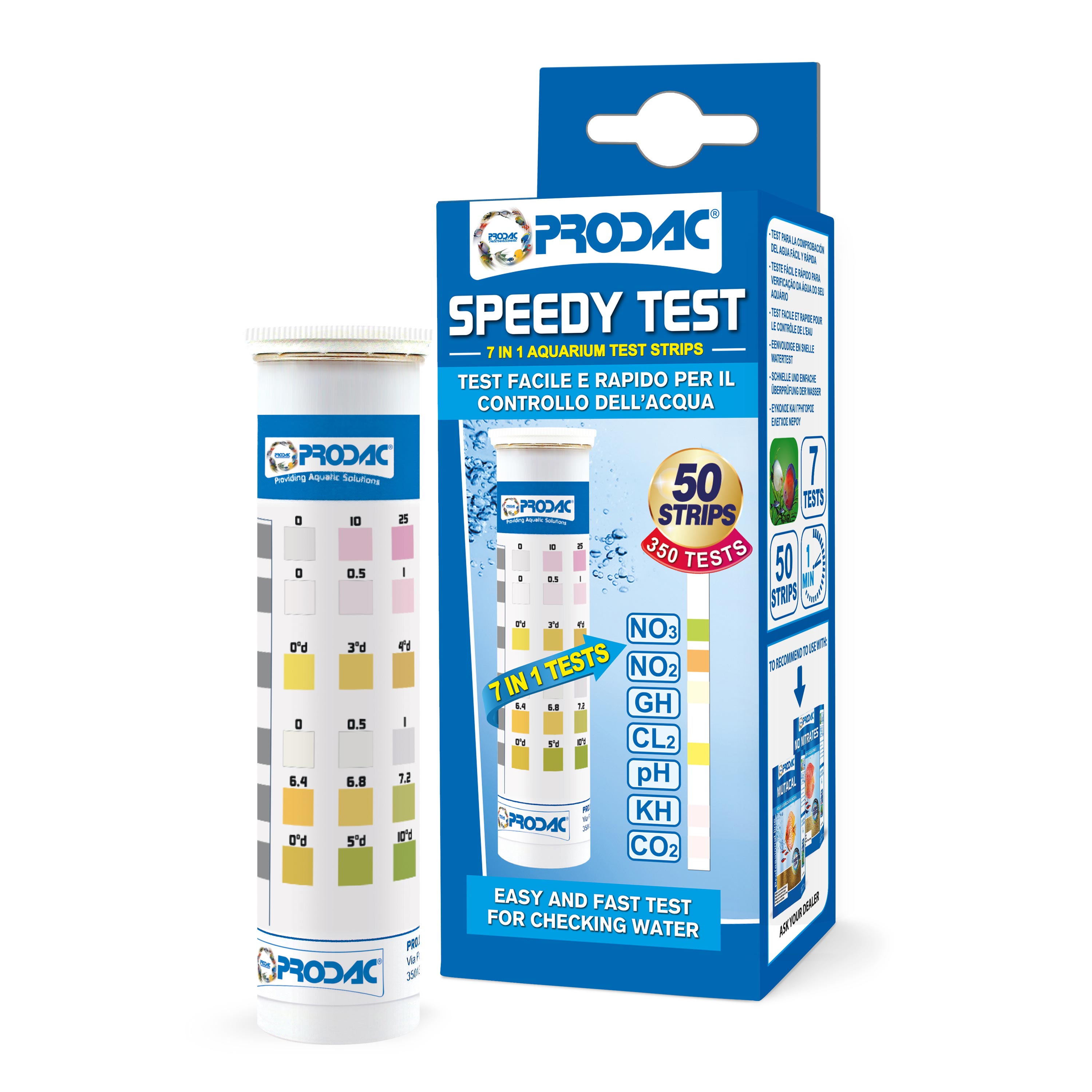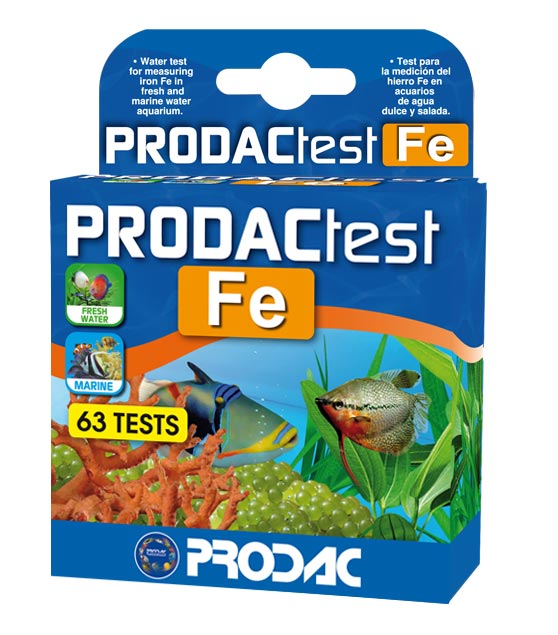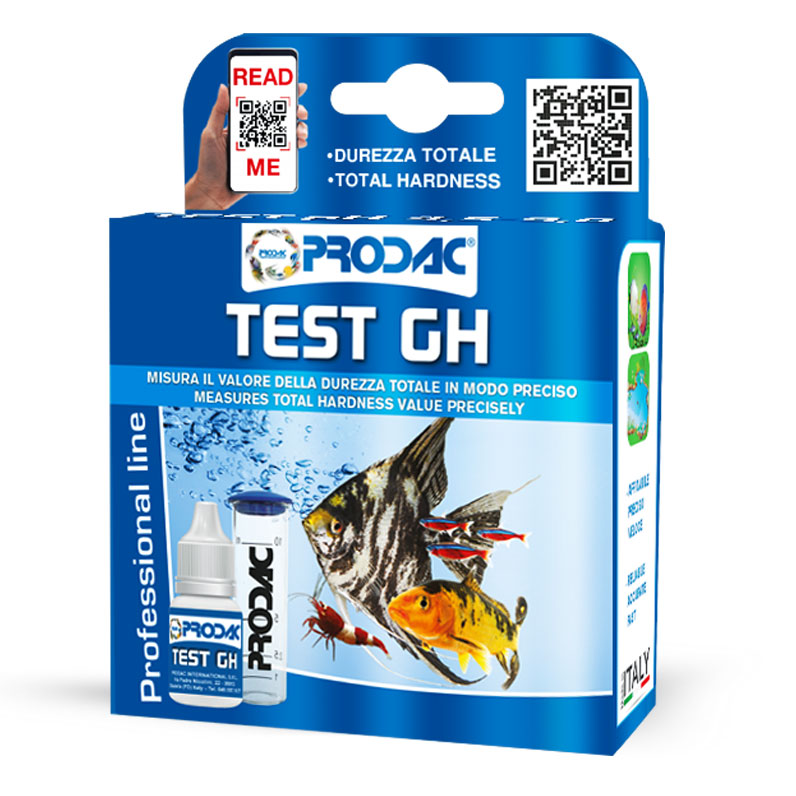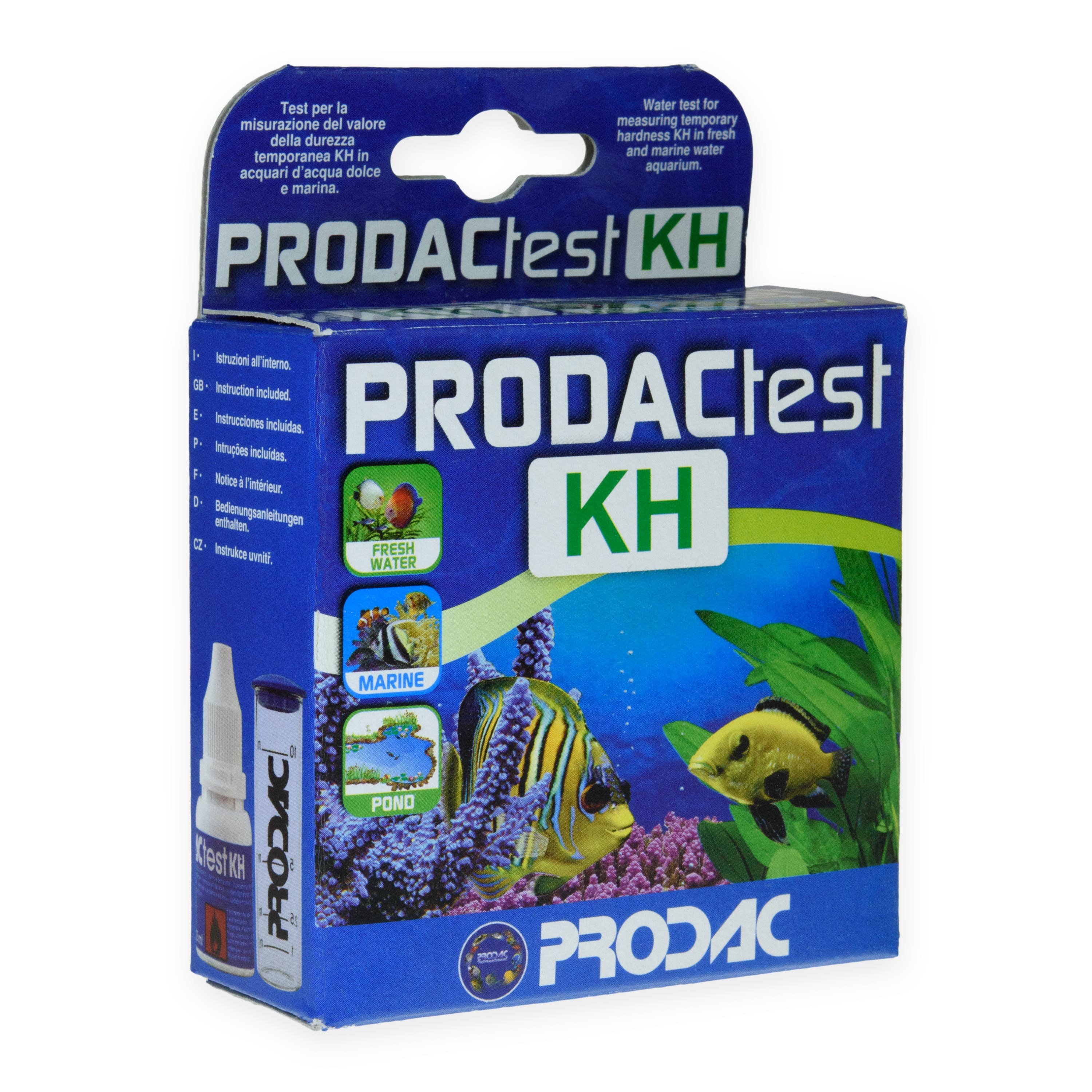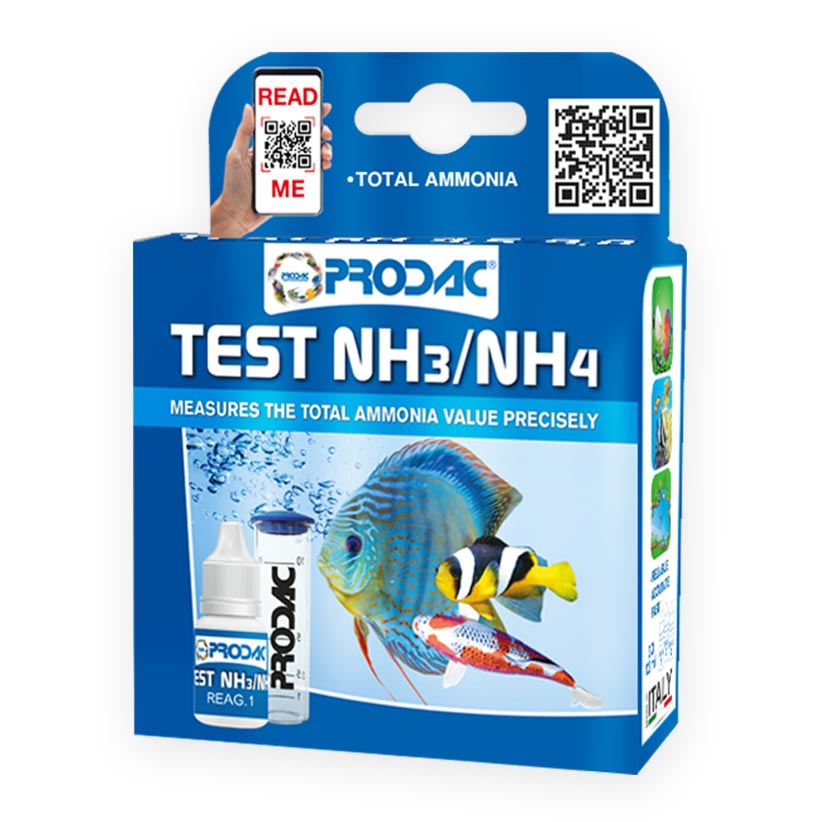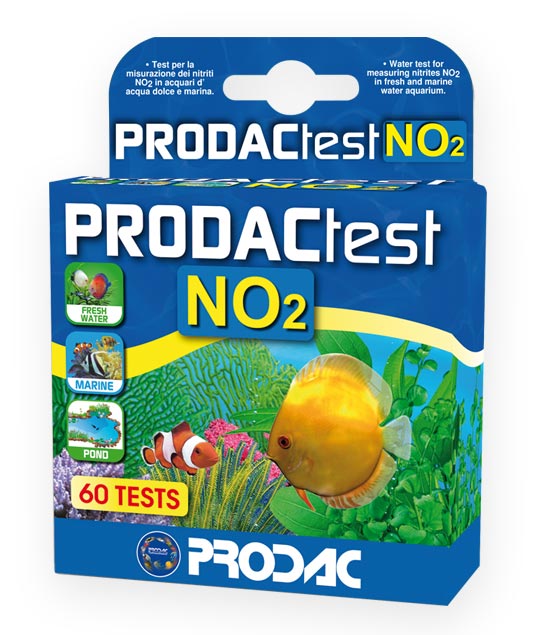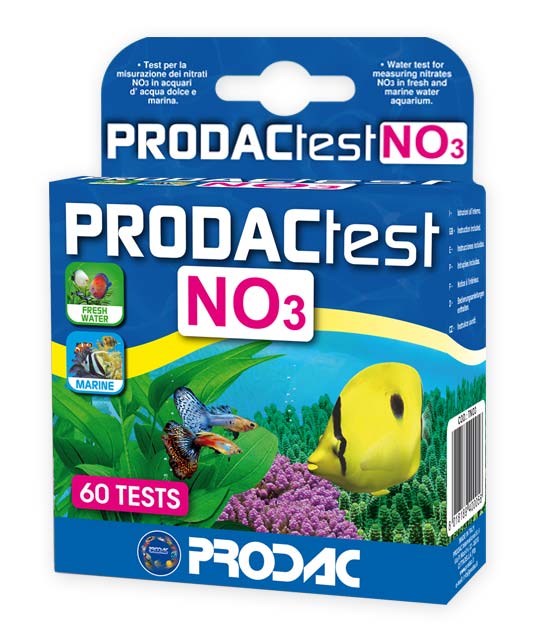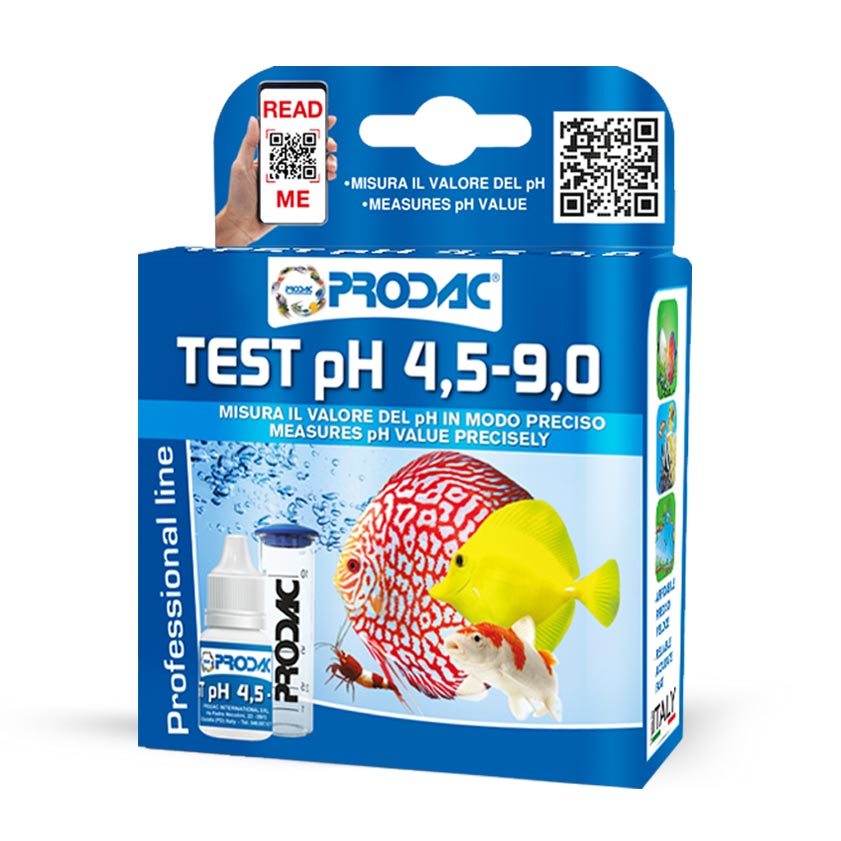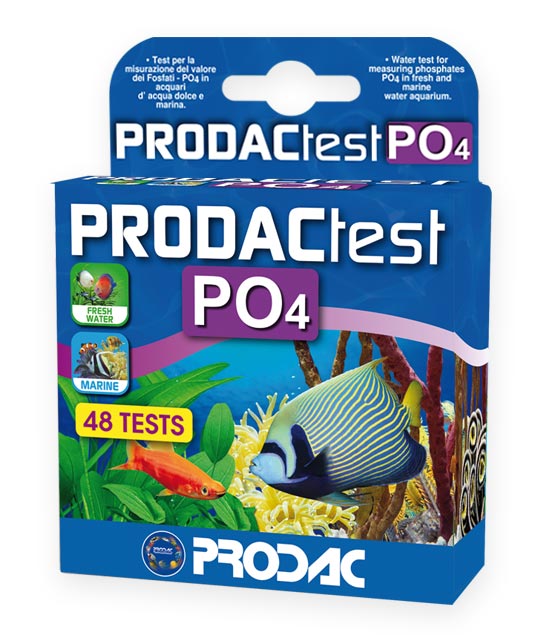Water test kit for measuring the calcium concentration (Ca) in marine water aquaria
Calcium is the most important element for the growth of corals, but also - although to a lesser extent - for calcareous red algae, mussels, snails, molluscs and other algae. The coral skeleton therefore consists of calcium carbonate (in the modification aragonite), which is poorly soluble under seawater conditions.
In reef aquaria it is therefore necessary to measure the calcium concentration at least once a week. The measurement is somewhat more complex than with many other tests and should be carried out very carefully.
While a too low calcium concentration leads to stagnant coral growth, a too high concentration does not offer any advantages to the aquarium inhabitants and only creates a number of problems of a biological and technical nature. Please therefore ensure that the Ca concentration is set correctly!
Target values
- Aquarium: 380 - 420 mg/l
- Natural seawater: 420 - 430 mg/l
- Below 380 mg/l coral growth more or less stagnates
Calcium test set Instructions for use
- Rinse the sample test tube several times with the water to be tested and then fill with sample water exactly to the 5 ml mark *
- Add 8 drops of the solution from the reagent bottle. Close the test tube and shake gently
- Add one level spatula of reagent 3 and shake again
The sample turns pink-violet - Add one drop at a time of the reagent contained in the bottle and gently swirl to mix the solution after every drop. Count the number of drops until the solution turns from a pink-violet color to light blue
- Once the solution has turned light blue leave it to stand for 30 seconds. If the color disappears, add more drops of reagent 3 until the solution remains this light blue color
- Multiply the number of drops of reagent 3 that were necessary for the light blue staining by 20 to obtain the calcium concentration in mg/l
* The meniscus of the water surface has to exactly touch the 5 ml calibration line
Caution
It is of utmost importance that the drops of reagent 3 are regular in size, if scarce or excessive it is recommended to repeat the test!
Thoroughly clean the test tube after use, securely seal all reagent containers and store in a cool, dry place away from sunlight
Keep the product out of reach of children!
Content
12 ml each reagent solution 1 & 3, powder vial reagent 2 (1.8 g), spatula, glass test tube with sealing cap
The range depends on the measured values
Possible Dangers Reagent 1
Piktogram
Signal word: Danger
Danger warnings
H290 May be corrosive to metals
H314 Causes severe skin burns and eye damage.
Safety information
P101 If medical advice is needed, have product container or label at hand.
P102 Keep out of reach of children.
P280 Wear protective gloves/protective clothing/eye protection/face protection.
P303 + P361 + P353 IF ON SKIN (or hair): Take off immediately all contaminated clothing. Rinse skin with water [or shower].
P305 + P351 + P338 IF IN EYES: Rinse cautiously with water for several minutes. Remove contact lenses, if present and easy to do. Continue rinsing.
P310 Immediately call a POISON CENTER or doctor/physician.
P405 Store locked up.
P501 Dispose of contents/container inaccordance with all local/national/international regulation.
Contents: Sodium hydroxide
Login
Enquiry form
Send us an e-mail. We look forward to hearing from you.



